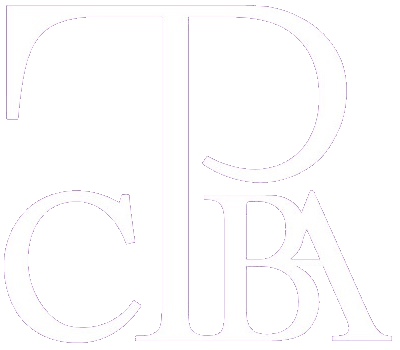Analysing irony for translation
Tipo de material: Recurso continuoSeries Meta Volume 54, numéro 1, janvier 2009 ; v. 54, n. 1Detalles de publicación: Montréal : Université de Montréal , janvier 2009Descripción: p. 32-48ISBN:
Recurso continuoSeries Meta Volume 54, numéro 1, janvier 2009 ; v. 54, n. 1Detalles de publicación: Montréal : Université de Montréal , janvier 2009Descripción: p. 32-48ISBN: - 978-2-7606-2146-6
- 0026-0452
| Tipo de ítem | Biblioteca actual | Colección | Signatura topográfica | Estado | Fecha de vencimiento | Código de barras | |
|---|---|---|---|---|---|---|---|
 Artículos/Analíticas
Artículos/Analíticas
|
Biblioteca Bartolomé Mitre | Colección Digital | H 23 (Navegar estantería(Abre debajo)) | Disponible | META-54-1_32-48 | ||
 Artículos/Analíticas
Artículos/Analíticas
|
Biblioteca Bartolomé Mitre | Colección General | H 23 (Navegar estantería(Abre debajo)) | Disponible |
Navegando Biblioteca Bartolomé Mitre estanterías, Colección: Colección General Cerrar el navegador de estanterías (Oculta el navegador de estanterías)
incl. ref.
This paper investigates the question of whether the classifications and general descriptions of irony, as true as they may seem, are plausible enough for enquiries into areas such as translation. The generic and philosophical analysis criteria provided by the literary criticism, literary theory and pragmatic approaches hover around broad interpretive models of irony. These criteria are impractical for the analysis of irony for translation purposes, although the translation of irony relies essentially on interpretation and creative reformulation. This is particularly the case when dealing with typologically distant languages, such as Arabic and English, in a specific text-type. To be able to "work" with ironic texts there is a need for a more objective and applicable approach, which considers the identification of formal and rhetorical devices of ironic texts, hence a linguistic analysis that explains the communicative function of these devices at both the utterance and discourse structure levels
No hay comentarios en este titulo.

